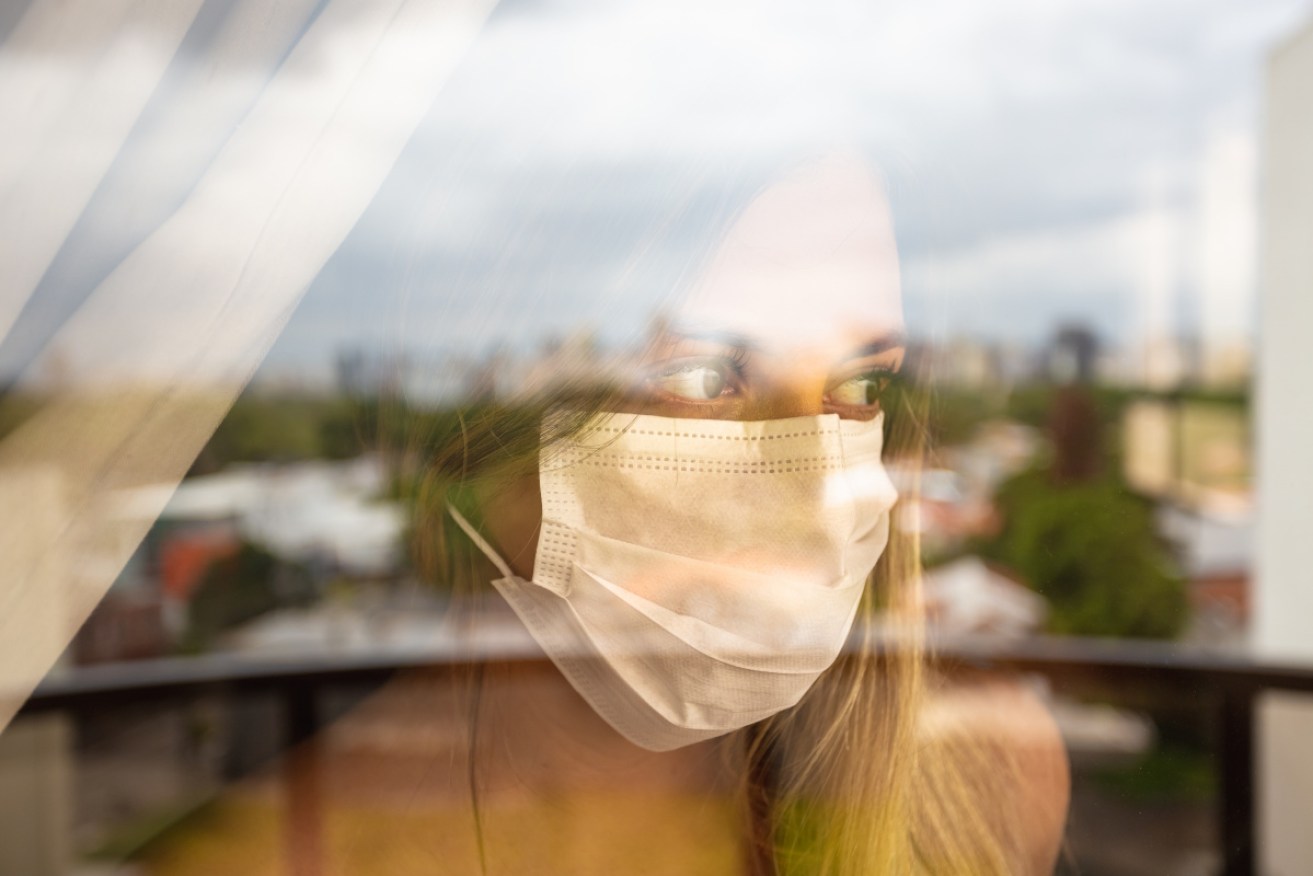Modelling COVID-19 deaths: What the government didn’t tell you about coronavirus


Young people can infect their parents or grandparents with the fatal illness. Photo: Getty
Perhaps the federal government should have released its COVID-19 modelling to get the attention of those who were ignoring the “safe distance” rule.
Although the death rate for under 40s has reportedly been quite low, there is still the possibility of them acquiring long-term lung damage and being a serious threat to the over 70s.
The 1919 “Spanish flu” killed about 14,000 people in Australia, mostly aged between 15 and 35.
Paradoxically, young and healthy people died because the second wave of mutated Spanish flu effectively used people’s immune systems against them.
This meant that it killed mainly young healthy people while those with less effective immune systems – the very young and elderly – survived.
People who caught the Spanish flu in its first wave built immunity and were much less likely to be killed by the second wave.
COVID-19 is a different type of virus that causes death when the lungs become filled with inflammatory material, which is why a small percentage of those who get it need ventilators to survive.
Based on overseas statistics, most of those dying from COVID-19 are aged over 70 and have other health problems.
COVID-19 could potentially kill around the same number of Australians as the Spanish flu.
Australia’s population is now about 25 million, compared to five million in 1919.
If you say half of the population was to catch COVID-19 and one in 1000 died (a low estimate) that would be 12,500 deaths. (Seasonal flu can kill 3500 people in a “normal” year.)
COVID-19 is therefore roughly one-fifth as lethal as the Spanish flu and potentially about five times more deadly than seasonal flu.
The Spanish flu killed 50 per cent of the Indigenous people who caught it, which suggests they could be far more vulnerable to COVID-19.

The 1918 Spanish flu pandemic killed at least 20 million people worldwide. Photo: AAP
Data from China’s COVID-19 epidemic compiled by the Chinese Centre for Disease Control and Prevention, based on 44,672 cases as of February 11, showed a steep curve towards older people dying.
The fatality rate was insignificant for those aged under 10, 0.2 per cent for those 10 to 39, 0.4 per cent for 40 to 49, 1.3 per cent for 50 to 59, 3.6 per cent for 60 to 69, 8 per cent for 70 to 79, and 14 per cent for those aged over 80.
The Italian Istituto Superiore di Sanità reported that, out of more than 2000 deaths in Italy, 99.8 per cent of those who died had at least one pre-existing condition, with the average person having 2.7.
Many could not get access to ventilators because the health system was simply overwhelmed by the number of dangerously ill people.
The Australian policy is to flatten the infection curve to ensure the health system is not overwhelmed and there are enough ventilators for those who need them.
In Israel they are trying to develop ventilators for home use to alleviate the burden on ICUs.
Perhaps Australia should also be looking at ways to enhance the number of home ventilators in case the disease spikes more quickly here than expected.
What younger people need to realise is that while they are not likely to be as badly affected themselves by COVID-19 – or may not even be aware they have the disease (true in 17.9 per cent of cases) – failure to take the disease seriously could inadvertently cause the deaths of their parents or grandparents.
Clive Williams is a visiting professor at the Australian National University and a former CBRN intelligence analyst








